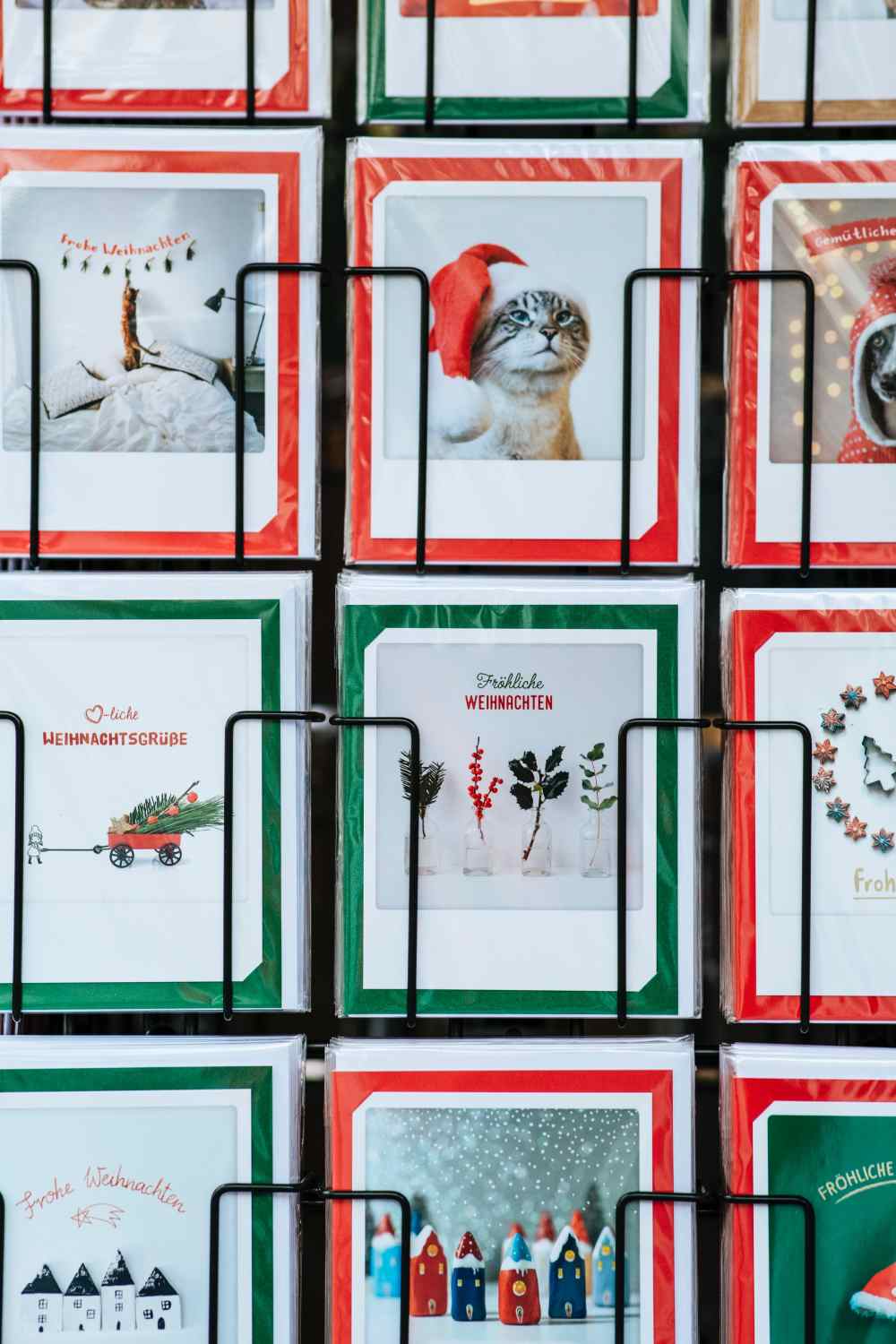Is it important to take into account the beliefs of each professional? Work ethic says yes. Some periods of the day or year are especially sensitive to certain lifestyles. Companies that are aware of the more practical diversity (“time to pick up the kids from school”) can also be aware of the more spiritual one (for example, some breaks for prayer or holidays outside their country’s calendar).
Good riddance, 2020. Hello 2021!
Originally from Spain and now also adopted by many Latin American countries, on the night of December 31st it is customary to eat 12 grapes, one after each chime that will bring luck to each month of the new year. In Italy and Chile, for example, instead of grapes they eat lentils to bring luck.
In many places in Brazil, the New Year celebration is centred on the sea. When midnight comes, the Brazilians, dressed in white, jump over the waves seven times in a row to attract good luck. They also leave various offerings, such as flowers and candles, on the seashore. It is said that if the offerings are washed ashore, a year will come laden with good news, but if they stay on the sand, they may not be lucky. And the celebration is full of fireworks.
In India the arrival of the new year (Diwali) is celebrated with the Rangoli, which is based on the creation of different figures and drawings filled with different coloured powder, in such a way that it creates a set of very joyful and festive colours. At the heart of these drawings, oil lamps are placed to illuminate them.
One of the most famous celebrations is the Chinese New Year, a tradition of more than 3,000 years that is governed by the cycles and phases of the moon, so there is no exact date. In their celebration, they display one of their most characteristic symbols, the Dragon. Lamps and lanterns flood the streets, which are decorated in red, symbolising protection and good luck.
Inclusion and diversity Ho Ho Ho
Each country and culture have their own traditions for celebrating these holidays. It’s important that society in general, and companies in particular, understand that nowadays, in the globalised world we live in, traditions cross borders and are no longer restricted to their original territory.
It is also worth mentioning that, despite the differences, there are things that change us wherever we are. These are days to be spent with family and loved ones, in which love and enthusiasm are shared between copious meals and toasts to the new year to come.
Although circumstances this year force us to change our habits a little, and the safety distance makes us be farther away from each other, we are sure that the spirit of these days will be present in the smiles behind the masks.
This year even Mr. Ebenezer Scrooge has given his employees some days off.
Happy Holidays!
